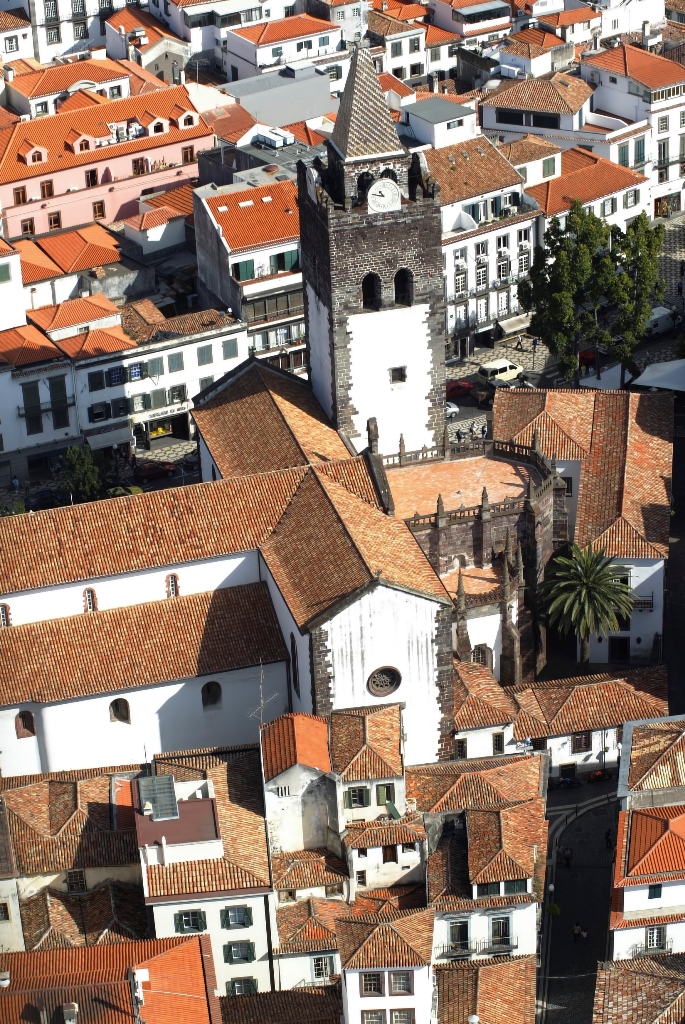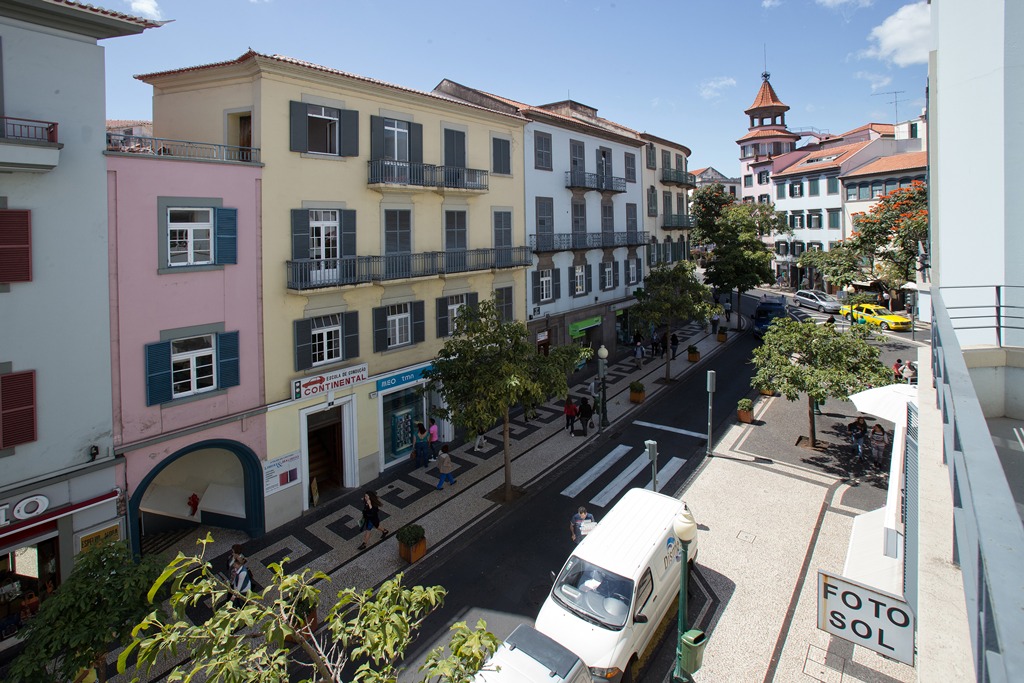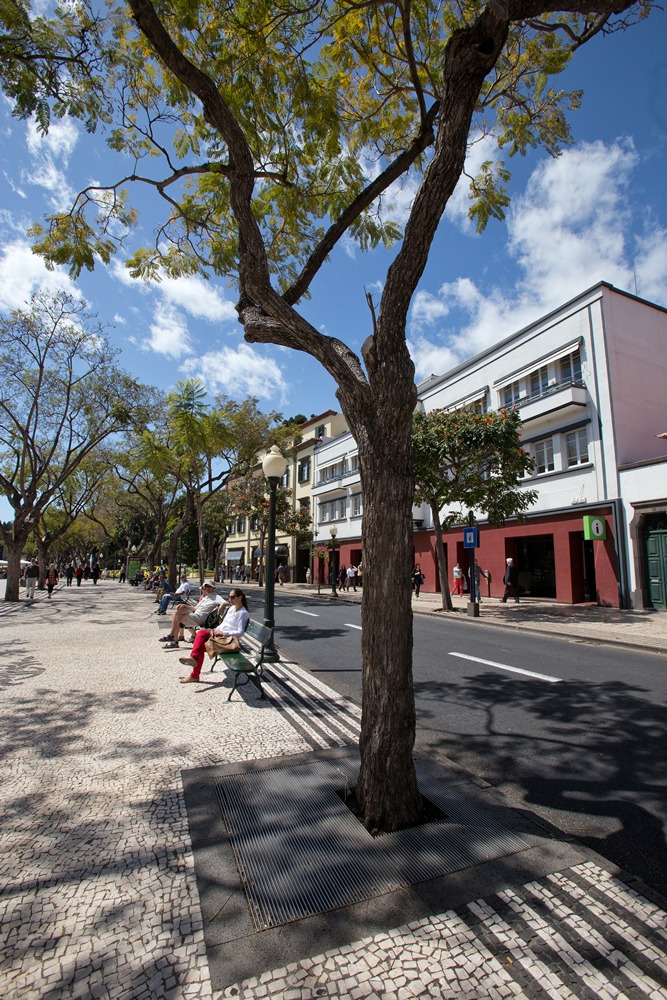Through the course of time, cities, much like any other “entity”, have also evolved, transformed and adapted according to the surrounding physical and natural features as well as the subsisting inhabitants. Currently cities face a few problems due to expansion movements which occurred to more peripheral construction-free areas or places where building developments could be put in to place without any constraints of pre-existing buildings or lack of space and with cheaper plots of land.
This expansionist movement, namely in the housing area, is the reason behind an increased number of investments which largely confined to the outskirts of the city in detriment of the older and more central areas which investors chose for commercial and public services. This significant increase in the tertiary sector was not, however, followed by a proportional increase in the housing sector.
The demand for new housing, mainly by younger families, suitable for modern day living added to the desire of owning a property and leaving rented accommodation as well as moving away from the parents and the increased availability of credit, are all reasons behind an intensified desertification of the historic areas and the resulting empty or “less occupied” buildings. The average age of the resident population in historic areas increases as the younger population seek other places.
Target businesses close as other services follow and further add to the sense of emptiness as all that remains are the memories and voidness of the buildings. As a result buildings are left unkept and run down with a negative impact on the urban panorama.
Fortunately, a current and added concern has prevented this situation from becoming even more acute, as decision makers and investors have taken a step forward. The end of easy credit has enabled a more agile and desirable market which may encourage property owners to invest in property upgrading, maintenance and renovation. Property renovation is foreseen in decree-law nº 307/2009 of October 23rd, which regulates urban renewal and in Law nº32/2012 of August 12th.
On the other hand, support programmes at the Institute for House and Urban Renewal, such as the Urban Renewal Programme for Rental Housing, compliment and help to further motivate investment in urban renewal areas.
The wager on equipment, built from scratch, or preferably the renewal of old buildings may increase town movement and add more “life” to the city, as student halls of residence, traditional forms of accommodation or trendy units such as hostels and local accommodation, which added to other factors, contribute towards a more desirable investment in a certain type of housing with a different dynamic regarding its occupation.
However, not all areas covering the historic centres or downtown part of the city need to be included in the urban renewal as they may vary in levels of degradation or simply because they do not need any intervention as they have withstood the test of time and have maintained their attractiveness or because decision-makers believed that they do not have the solution to the problem.
As it is, several signs show the situation in general has improved as national and foreign investors have grown in numbers and placed their focus on the renovation of buildings with lodging potential in downtown areas and on hotel units in need of renovation.
These signs may indicate the start of a greater and stronger movement which may involve the investment in central areas which do not overlook the lodging component, as plenty of options are available and at competitive prices. There are plenty of reasons and advantages when investing in historic areas. They have always been valuable areas and are central in regards to the city, benefitting from everything that it implies, such as the proximity to the more traditional and older sites like buildings, squares and other historic public spaces.
They are served by infra-structures and a wide range of services and commerce which all add to the climate, gastronomy, culture and the hospitality of the Madeiran people.
The historic areas of Sé and Santa Maria or streets such as Fernão Ornelas and Avenida Arriaga all include housing areas which have been created over time, including also other buildings up for renovation.
The movement of people back to the city centre of Funchal is still vague, though investment in this sector of real estate is becoming increasingly steadier.

















